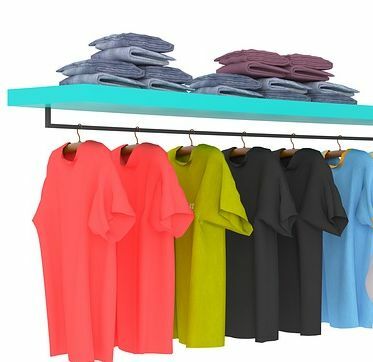Consumer surplus is the amount that buyers are willing to pay less than the amount they actually pay, measures the benefit that the buyers they receive from a good in terms that they they perceive. For example, if Juan wants a product and for that product he is willing to pay 100, and at the time of reaching the store is found that the product is now on sale and costs 80, John is said to have a consumer surplus of 20.
On the other hand the producer surplus is the amount that receives the seller (the market price) minus the cost of production. Measures the benefit of vendors participating in the market. This means that if a seller makes a product that costs 100 and sells it for 130, he is said to have a producer surplus of 20. In the case of the same product of cost 100, which is offered in the market at 90, the producer does not participate since he would not get a surplus.
Advertisements
In any economy consumer and producer surplus interact with each other to form more complex systems of relationships, in some cases the


